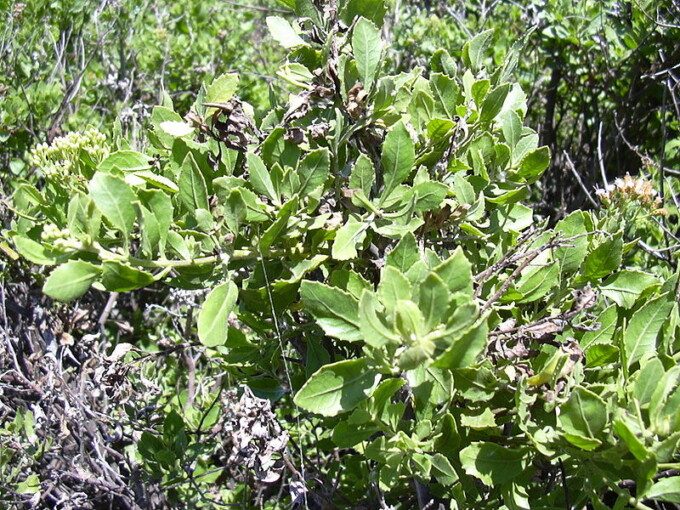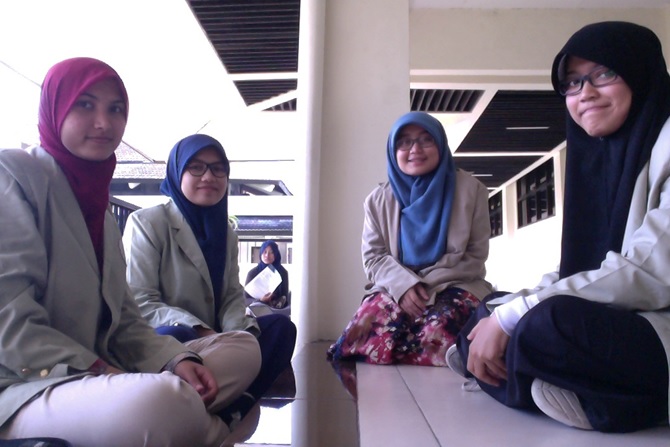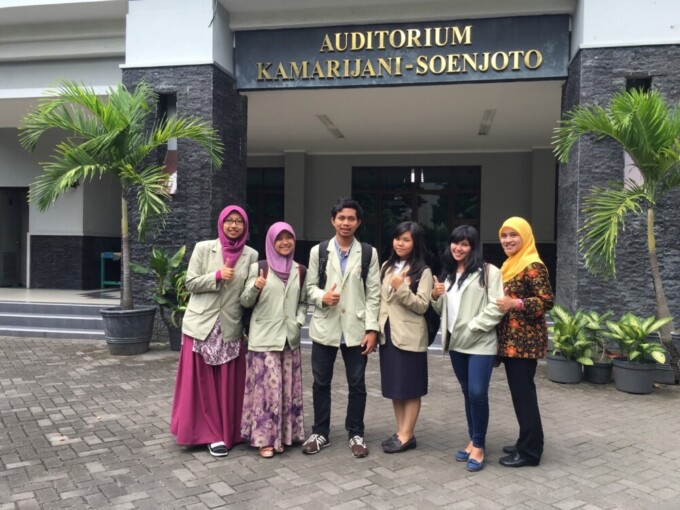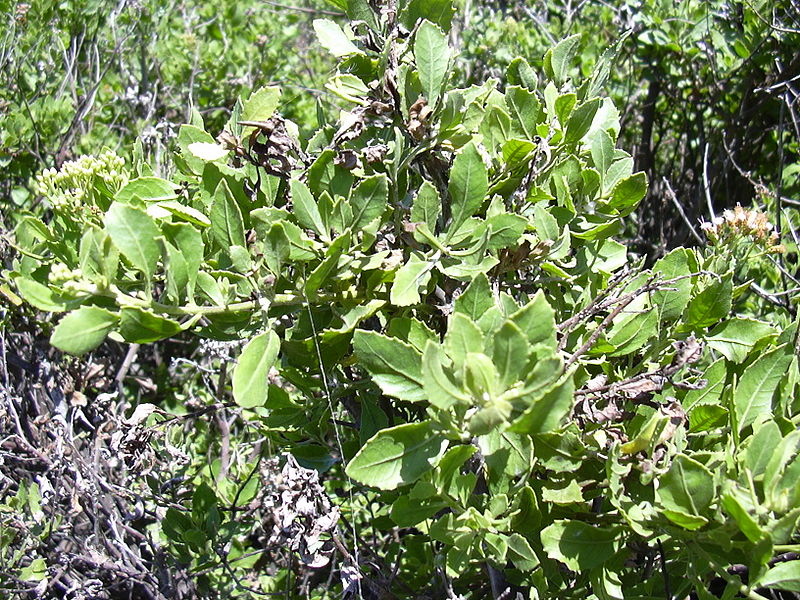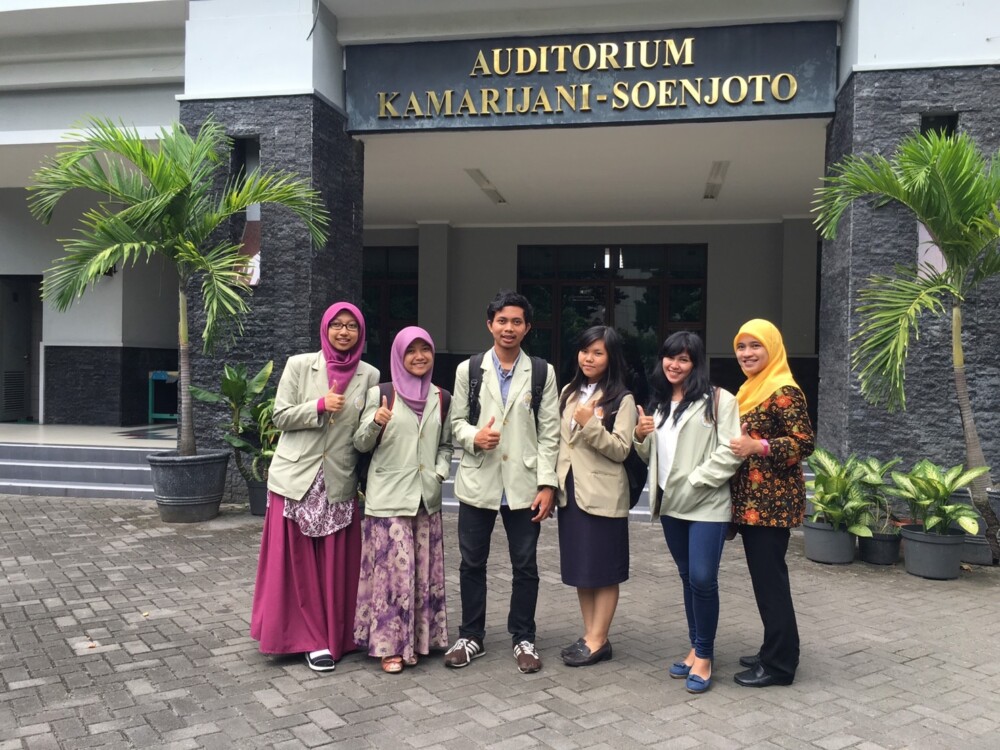Changes in lifestyle and eating patterns that occur in today’s society can lead to various kinds of health problems, one of which is a liver disease. The liver not only plays an important role in metabolism and decomposition of toxic substances, but also in biochemical reactions. Various damages to the liver can result in some diseases such as hepatitis, cholestasis, steatosis, and granuloma. Therefore, five students of the Faculty of Pharmacy, University of Gadjah Mada try to find a solution to the problem.
Akhmad Esakta, Anissa Nugraheni, Avinda Kumalasari, Jeanette Aline Sarumaha and Siti Hartinah under supervision of Dr. Drh. Retno Murwanti carried out research on beluntas (Pluchea indica L.) leaves as a potential hepatoprotective agent.
“Beluntas leaves contain compounds that can protect the liver from damage caused by toxins,” said Akhmad, Friday (17/6).
Akhmad explained that the leaves have myricetin, quercetin, and kaempferol compounds which are included in the class of flavonoids that can interact with enzym receptors CYP P450. This interaction can inhibit the formation of toxic metabolites, for example on a paracetamol toxic metabolite.
The study that was conducted for approximately 4 months aims to determine the hepatoprotective effect of beluntas leaves observed through liver histopathology, SGPT and SGOT in Wistar male rats. It also observed the interaction between compounds with enzym receptors CYP P450 through molecular docking to obtain Docking Score, RMSD, as well as visualization of bond between enzym protein CYP2E1 with those three active ligands.
“The results showed that the leaf can prevent liver damage in experimental animals,” he explained.
Akhmad said the results of this study can provide information to the public about the benefits of beluntas leaves for health, especially in providing protection against liver damage. Beluntas leaves can be an alternative in the effort to prevent liver damage due to toxins in the body.
Polymorphisms of CYP1A1 gene in smokers and non-smokers in Yogyakarta
Research in the field of health was also carried out by four female students of Faculty of Medicine, Yasmin, Victa Ryza Catartika, Rizky Nur Mainichi, and Hana Fauzyyah Hanifin. They examined the CYP1A1 gene polymorphisms in smokers and non-smokers in Yogyakarta. CYP1A1 gene itself is a gene that encodes an enzyme that plays a role in detoxification. If there is a mutation in the gene, there will be higher effect of the toxic.
The results of their research indicate that the level of polymorphism in smokers is relatively higher than the group who did not smoke. This is most likely because the group of non-smokers was still exposed to smokes. This is because the number of non-smokers who have CYP1A1 gene polymorphism increases with increasing exposure to cigarette per week.
“Knowing this, the government should reinforce the rules about smoking in Indonesia, so the expectation of casualties caused by smoking would decrease and the quality of life in Indonesia would increase,” Victa said.



